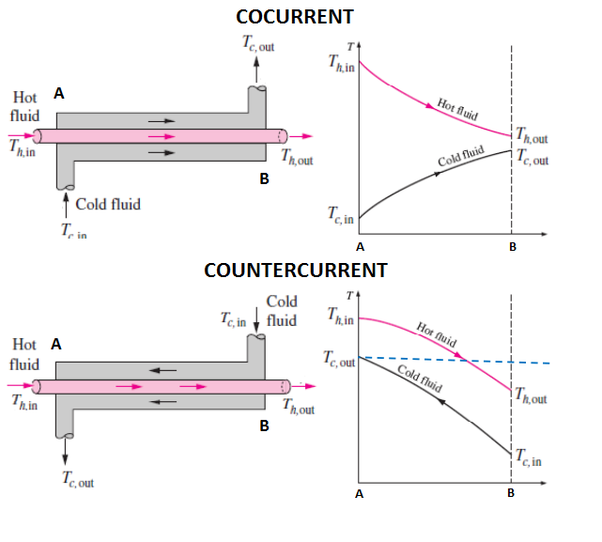Unification of Variable Mass and Tired Light #292
Replies: 2 comments 7 replies
-
|
@HanDeBruijn In writing
you lump together all tired-light models. But this is incomplete as there are several distinct tired-light models. There are about P.S. A countercurrent heat exchanger is more efficient and produces a decrease in the temperature of both liquids as a function of position. Footnotes
|
Beta Was this translation helpful? Give feedback.
-
|
Hi @HanDeBruijn and @RedshiftDrift. I'm not sure exactly how your respective models got into heat exchangers, but I really like this heat exchanger discussion. I am trying to apply it to my shell universe model also #256 . In my model, we have the hottest CMB temperatures in the shell and the coldest at the centre of the universe. So to me this looks like the countercurrent heat exchanger. The hot CMB photons flow inward and are cooled along the way by the spacetime filaments it interacts with. The spacetime filaments are a static element, almost like a crystal. The energy of the filaments increases in density towards the shell, since the mass density is greater there, and so their effective temperature increases there also. On the inward trip CMB photons thus continually move into regions of colder spacetime temperature. The energy density of the CMB photons is therefore greater than the energy density of the spacetime filaments in the regions they cross. There is thus a net flow of energy from CMB photons to filaments and this produces gravity in my model. We have H being related to G. Now the cold reverse flow is just the same CMB photons, now cooled down, moving from the centre of the universe back towards the shell. These photons are heated up again along the way by contact with the very same spacetime filaments. But because the energy density of the filaments is greater now, this now reheats the CMB photons - by the Hubble luminosity. The heat exchangers shown above do not show the cosmic situation appropriately, if we assume a static universe. There's no flow of energy in or out of the system. It's just recycling of energy. Anyone seen a heat exchanger like this before? Am trying to diagram it. |
Beta Was this translation helpful? Give feedback.



-
From a reply by @ExpEarth :
From another reply by @RedshiftDrift :
Therefore I've decided to open another discussion - this one - instead of adding further "not on topic" comments to the thread by Louis.
From the same STz thread a far more sensible remark.
That's indeed an important clue !! Variable Mass and Tired Light can thus be unified because they form sort of a cosmic Heat exchanger. A heuristically relevant set of equations from Wikipedia is in A model of a simple heat exchanger, with$u=$ energy density, $t=$ time and $\gamma T$ to be replaced soon.
Heat exchangers have been bed, bath and breakfest for quite some years when I was an engineer.
There is a second piece of necessary information:
A third piece of heuristics is found in a discussion with @ExpEarth about his celebrated Hubble luminosity.
Combining now the above intuitions (with a dimensions check) finally leads to
The equations are partly solved by addition and subtraction. Energy conservation is recognized with the first.
with$H_0 = H_{VM}+H_{TL}$ . The equations are solved completely by further addition and subtraction.
Assume that the constants$A$ and $B$ are positive. Let $u_1$ be attached to Tired Light (TL) and let $u_2$ be attached to Variable Mass (VM). Then we can make a preliminary sketch of the (TL)-(VM) energy exchange as a function of cosmic distance.

Beta Was this translation helpful? Give feedback.
All reactions